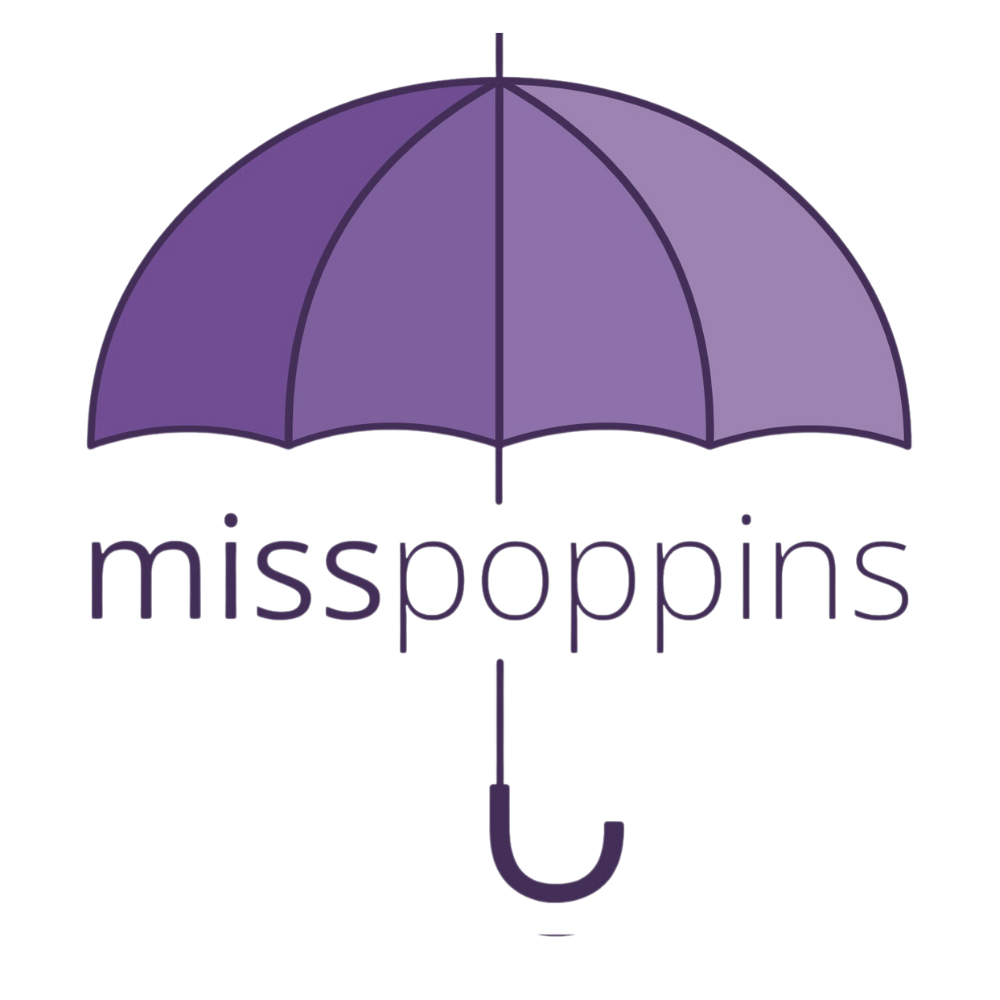Filling in the Blanks: Building Toddler Language Skills Through Interactive Conversations
The "fill in the blank" strategy is a language development technique used with toddlers to encourage them to complete sentences or phrases when they are communicating. It involves leaving a deliberate pause or blank in a sentence, prompting the child to participate by filling in the missing word or words. This strategy can be effective in promoting language development, expanding vocabulary, and encouraging active communication. Here's how it works:
Open-Ended Statements: Instead of providing complete sentences when talking to your toddler, leave room for them to contribute. For example, if you're playing with toy animals, you might say, "The lion says...?" and pause, allowing the child to complete the sentence with the animal sound, like "roar."
Noun-Verb Combinations: Encourage your toddler to use both nouns and verbs in their responses. For example, if you're discussing a picture of a car, you could say, "The car is driving..." and let your child complete the sentence with a verb like "fast" or "slow."
Ask for Descriptions: Encourage descriptive language by asking questions that require more than a simple one-word response. For instance, if your child is holding a colorful toy, you could ask, "What color is the toy?" instead of simply asking, "What is it?"
Use Gestures: Combine gestures with the fill-in-the-blank technique. For example, if you're reading a book and there's a picture of a dog, point to the dog and ask, "What is the dog doing?" This prompts the child to describe the dog's action.
Expand Sentences: When your child provides a one-word answer, gently expand on it. For example, if they say "dog" in response to a picture, you can say, "Yes, it's a big, brown dog."
Be Patient: Give your toddler time to process and respond. Silence can be a powerful tool in this strategy, as it encourages the child to think and participate actively.
The "fill in the blank" strategy not only supports language development but also enhances your toddler's confidence in expressing themselves. It's a valuable tool for caregivers and educators to encourage toddlers to use more words, build sentence structures, and engage in meaningful conversations.

